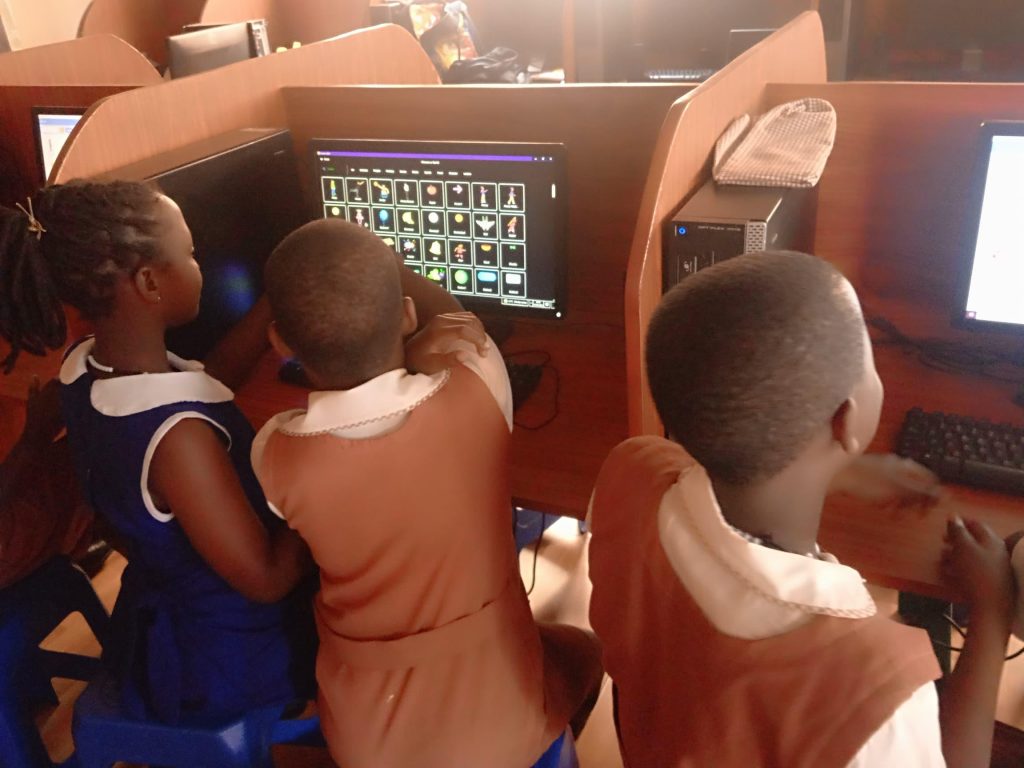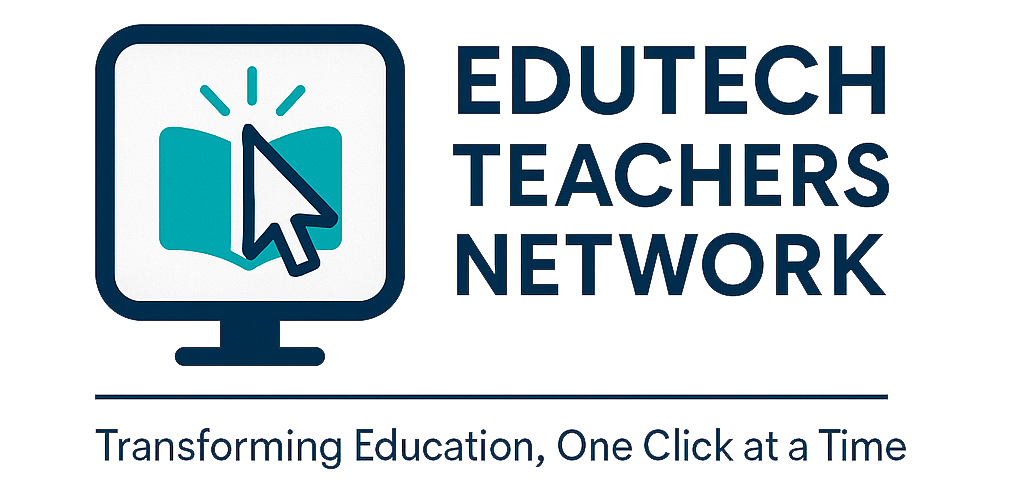In the dusty outskirts of Central Uganda, Hope Primary School stood as a beacon of learning but its computer lab told a different story. Rows of outdated desktops buzzed quietly, mostly occupied by boys. Girls, though present in the school, rarely ventured into the lab. ICT was seen as a “boy’s thing” a perception rooted in tradition, not truth.
At Hope Primary School, ICT was mostly used by boys. Madam Mirembe started a girls-only ICT club called “Smart Tech Sisters.” They learned how to type, draw, and even code simple games. Now, the girls teach others hand one of them, Sarah, says she wants to be a computer engineer when she grows up.
That changed when Madam Mirembe, a passionate ICT teacher, noticed the imbalance. She didn’t just raise the issue she acted. With limited resources but unlimited resolve, she launched a girls-only ICT club called Smart Tech Sisters. And guess what a new chapter begins. Every Wednesday afternoon, the lab transformed. Girls filled the room with laughter, curiosity, and determination. They learned how to:
- Type and format documents
- Create digital drawings and presentations
- Code simple games using Scratch
- Explore internet safety and digital citizenship
Madam Mirembe didn’t just teach skills she nurtured confidence. She encouraged the girls to ask questions, make mistakes, and dream big.
Within months, the Smart Tech Sisters began teaching their classmates. Sarah, once shy and unsure, now led coding sessions for younger students. “I want to be a computer engineer,” she declared proudly during a school assembly. Her classmates cheered not just for her, but for the idea that girls could lead in tech.
The ripple effect was undeniable:
Enrolment in ICT classes doubled, with girls making up nearly half.
Parents began supporting their daughters’ tech ambitions, even buying second-hand laptops.
Local NGOs took notice, donating equipment and offering mentorship programs.
This scenario isn’t just about one school it’s a microcosm of a global challenge. Girls are often excluded from ICT due to stereotypes, lack of role models, and limited access. But when given the chance, they thrive.
Hope Primary School now dreams bigger. Plans are underway to expand Smart Sisters into neighbouring schools, creating a network of young female tech leaders. Madam Achieng smiles as she watches her students debug code and design apps. “They’re not just learning ICT,” she says. “They’re rewriting the story.”
There are several standout programs around the world that are successfully empowering girls in ICT each with its own flavor of innovation, mentorship, and impact. These programs show that when girls are given the tools, mentorship, and space to explore ICT, they don’t just participate—they lead and they win. Surely, the tech future is female.In the dusty outskirts of Central Uganda, Hope Primary School stood as a beacon of learning but its computer lab told a different story. Rows of outdated desktops buzzed quietly, mostly occupied by boys. Girls, though present in the school, rarely ventured into the lab. ICT was seen as a “boy’s thing” a perception rooted in tradition, not truth.
At Hope Primary School, ICT was mostly used by boys. Madam Mirembe started a girls-only ICT club called “Smart Tech Sisters.” They learned how to type, draw, and even code simple games. Now, the girls teach others hand one of them, Sarah, says she wants to be a computer engineer when she grows up.
That changed when Madam Mirembe, a passionate ICT teacher, noticed the imbalance. She didn’t just raise the issue she acted. With limited resources but unlimited resolve, she launched a girls-only ICT club called Smart Tech Sisters. And guess what a new chapter begins. Every Wednesday afternoon, the lab transformed. Girls filled the room with laughter, curiosity, and determination. They learned how to:
- Type and format documents
- Create digital drawings and presentations
- Code simple games using Scratch
- Explore internet safety and digital citizenship
Madam Mirembe didn’t just teach skills she nurtured confidence. She encouraged the girls to ask questions, make mistakes, and dream big.
Within months, the Smart Tech Sisters began teaching their classmates. Sarah, once shy and unsure, now led coding sessions for younger students. “I want to be a computer engineer,” she declared proudly during a school assembly. Her classmates cheered not just for her, but for the idea that girls could lead in tech.
The ripple effect was undeniable:
Enrolment in ICT classes doubled, with girls making up nearly half.
Parents began supporting their daughters’ tech ambitions, even buying second-hand laptops.
Local NGOs took notice, donating equipment and offering mentorship programs.
This scenario isn’t just about one school it’s a microcosm of a global challenge. Girls are often excluded from ICT due to stereotypes, lack of role models, and limited access. But when given the chance, they thrive.
Hope Primary School now dreams bigger. Plans are underway to expand Smart Sisters into neighbouring schools, creating a network of young female tech leaders. Madam Achieng smiles as she watches her students debug code and design apps. “They’re not just learning ICT,” she says. “They’re rewriting the story.”
There are several standout programs around the world that are successfully empowering girls in ICT each with its own flavor of innovation, mentorship, and impact. These programs show that when girls are given the tools, mentorship, and space to explore ICT, they don’t just participate—they lead and they win. Surely, the tech future is female.


Leave a Reply